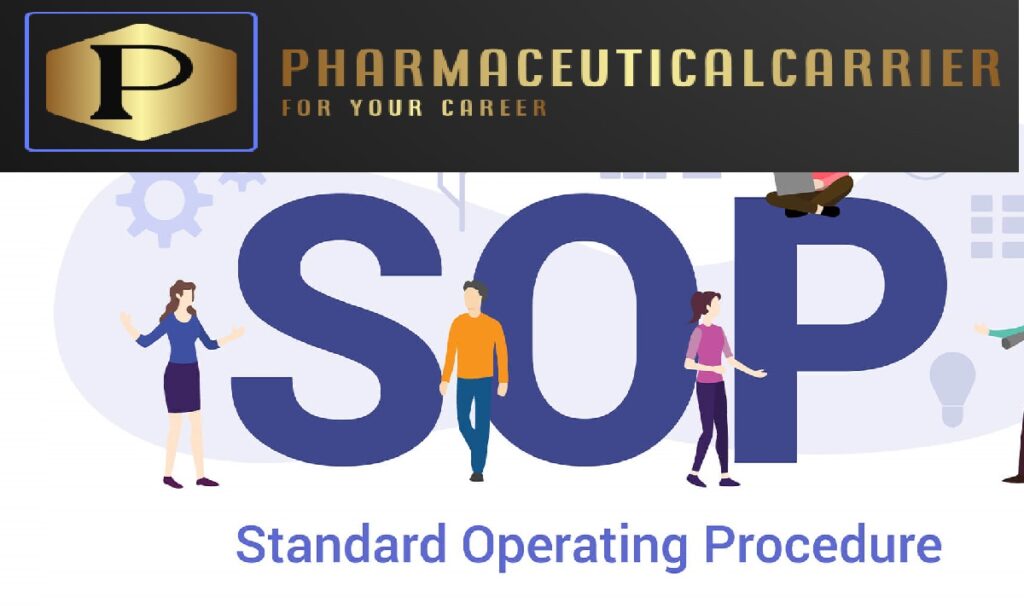1. Introduction to Procedures for Preparing and Responding to Internal and External Audits
This Standard Operating Procedure (SOP) on Procedures for Preparing and Responding to Internal and External Audits outlines the procedures for preparing and responding to internal and external audits within [Your Organization’s Name] to ensure compliance with regulatory requirements. Compliance with regulations and standards is essential for maintaining the integrity and reputation of our organization.
2. Scope of Procedures for Preparing and Responding to Internal and External Audits
This SOP on Procedures for Preparing and Responding to Internal and External Audits applies to all employees and departments within [Your Organization’s Name] who may be subject to internal or external audits.
3. Definitions involved in Preparing and Responding to Internal and External Audits
- Internal Audit: An audit conducted by our organization’s internal audit team to evaluate compliance with internal policies and procedures.
- External Audit: An audit conducted by external regulatory authorities or third-party auditors to assess compliance with relevant laws and industry standards.
4. Procedures
4.1. Preparation for Audits
- Identify Audit Requirements: a. Establish a centralized audit calendar to track upcoming internal and external audits. b. Assign a responsible person for each audit, ensuring they have the necessary expertise.
- Gather Documentation: a. Compile all relevant documents, records, and procedures that may be requested during the audit. b. Organize these materials in a secure and easily accessible location.
- Conduct a Pre-Audit Review: a. Review internal processes to identify potential areas of non-compliance. b. Take corrective actions to address any non-compliance issues before the audit.
4.2. During the Audit
- Host the Audit Team: a. Welcome the audit team and provide them with necessary facilities and access to relevant documentation. b. Designate a point of contact to assist the auditors during their visit.
- Cooperation and Transparency: a. Encourage open communication with auditors and provide honest responses to their queries. b. Cooperate fully and adhere to the audit schedule.
4.3. Responding to Audit Findings
- Receive Audit Report: a. Once the audit is completed, promptly receive the audit report from the auditors.
- Review and Analyze Findings: a. Analyze the audit findings to understand areas of non-compliance or opportunities for improvement. b. Determine the root causes of non-compliance.
- Corrective Actions: a. Develop a corrective action plan for addressing non-compliance issues. b. Assign responsibilities and set deadlines for implementing corrective measures.
- Reporting: a. Provide the audit report and the corrective action plan to relevant stakeholders and management. b. Report progress on corrective actions and their completion.
5. Conclusion
By following these procedures for preparing and responding to internal and external audits, [Your Organization’s Name] aims to uphold regulatory compliance and enhance the overall quality and effectiveness of our operations. Compliance with regulatory requirements is a shared responsibility, and all employees are expected to contribute to this goal.
For more articles, Kindly Click here.
For pharmaceutical jobs, follow us on LinkedIn
For Editable SOPs in word format contact us on info@pharmaceuticalcarrier.com
For more information kindly follow us on pharmaguidelines.co.uk

